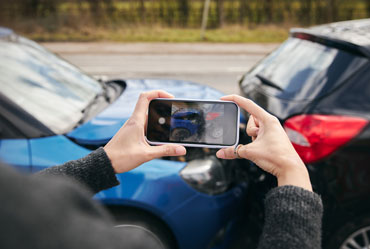Search

Auto accidents that involve pedestrians can be particularly complicated in terms of liability claims. As pedestrians are the most vulnerable users of the road, accidents involving them can result in serious injuries or even fatalities. Understanding how liability is determined and how to navigate the claims process is crucial for both drivers and pedestrians.
Liability in auto accidents involving pedestrians primarily revolves around negligence. Essentially, the party at fault is the one whose negligence caused the accident. In these cases, both drivers and pedestrians have specific duties of care, which means the determination of liability considers whether each party acted reasonably and lawfully.
Drivers are expected to always exercise a duty of care by obeying traffic laws and being vigilant, especially in areas with pedestrian traffic, such as crosswalks, school zones, and residential neighborhoods. They should:
Failure to observe these responsibilities can make the driver liable for an accident.
Pedestrians, too, are obligated to exercise caution. This includes:
If a pedestrian fails to follow these basic rules, they could be found partially or fully liable for the accident.
In many jurisdictions, the concept of ‘comparative negligence‘ is applied to determine liability. This means both parties could share responsibility for the accident. For instance, if a pedestrian crosses the street negligently while a driver is speeding, both might be deemed partially at fault. The compensation is then adjusted based on each party’s degree of fault.
When involved in an auto-pedestrian accident, it is vital to take specific steps to protect all parties’ rights and facilitate the claims process:
For a pedestrian injured due to a driver’s negligence, filing a liability claim typically involves:
Conversely, a driver could file a claim if they believe the pedestrian was at fault, although these cases are less common and often more challenging to prove.
Legal representation can be beneficial for both parties involved in an auto-pedestrian accident. An experienced attorney can offer guidance throughout the claims process, ensuring that all avenues of compensation are explored and that the parties’ rights are protected.
Navigating the complexities of a liability claim in auto-pedestrian accidents requires a clear understanding of negligence and legal responsibilities. Both drivers and pedestrians must exercise caution and adhere to the rules of the road to prevent such accidents. In the unfortunate event of an accident, knowing the appropriate steps to take can significantly impact the outcomes of any claims made. Understanding your rights and responsibilities, and seeking professional guidance when needed, can simplify this challenging process.